
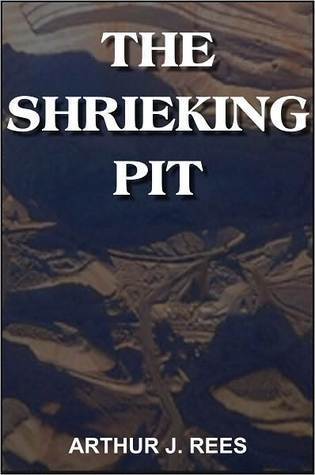
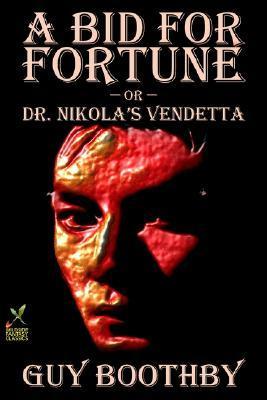
Books in series

The Crowned Skull
1908

The Shrieking Pit
1919
Vandals of the void
1931

A Bid for Fortune or Dr Nikola's Vendetta
1895
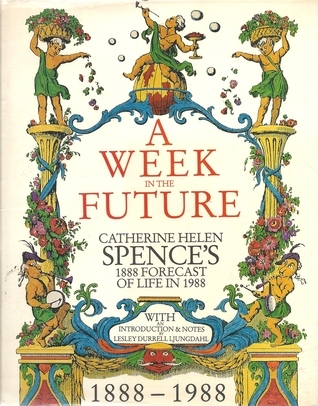
A week in the future
1888
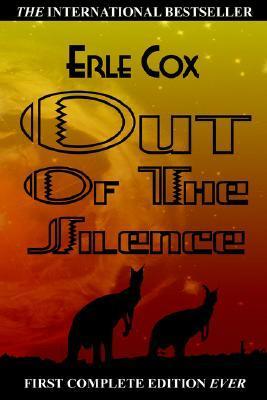
Out of the Silence
1919
Authors
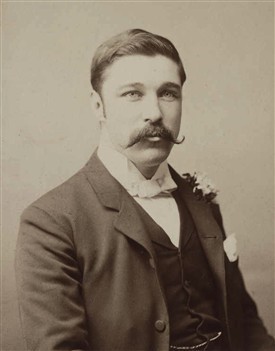
Fergusson Wright Hume (1859–1932), New Zealand lawyer and prolific author particularly renowned for his debut novel, the international best-seller The Mystery of a Hansom Cab (1886). Hume was born at Powick, Worcestershire, England, son of Glaswegian Dr. James Collin Hume, a steward at the Worcestershire Pauper Lunatic Asylum and his wife Mary Ferguson. While Fergus was a very young child, in 1863 the Humes emigrated to New Zealand where James founded the first private mental hospital and Dunedin College. Young Fergus attended the Otago Boys' High School then went on to study law at Otago University. He followed up with articling in the attorney-general's office, called to the New Zealand bar in 1885. In 1885 Hume moved to Melbourne. While he worked as a solicitors clerk he was bent on becoming a dramatist; but having only written a few short stories he was a virtual unknown. So as to gain the attentions of the theatre directors he asked a local bookseller what style of book he sold most. Emile Gaboriau's detective works were very popular and so Hume bought them all and studied them intently, thus turning his pen to writing his own style of crime novel and mystery. Hume spent much time in Little Bourke Street to gather material and his first effort was The Mystery of a Hansom Cab (1886), a worthy contibution to the genre. It is full of literary references and quotations; finely crafted complex characters and their sometimes ambiguous seeming interrelationships with the other suspects, deepening the whodunit angle. It is somewhat of an exposé of the then extremes in Melbourne society, which caused some controversy for a time. Hume had it published privately after it had been downright rudely rejected by a number of publishers. "Having completed the book, I tried to get it published, but everyone to whom I offered it refused even to look at the manuscript on the grounds that no Colonial could write anything worth reading." He had sold the publishing rights for £50, but still retained the dramatic rights which he soon profited from by the long Australian and London theatre runs. Except for short trips to France, Switzerland and Italy, in 1888 Hume settled and stayed in Essex, England where he would remain for the rest of his life. Although he was born and lived the latter part of this life in England, he thought of himself as 'a colonial' and identified as a New Zealander, having spent all of his formative years from preschool through to adulthood there. Hume died of cardiac failure at his home on 11 July 1932.

Arthur John Rees was an Australian mystery writer. Born in Melbourne, he was for a short time on the staff of the Melbourne Age and later joined the staff of the New Zealand Herald. In his early twenties he went to England. His proficiency as a writer of crime-mystery stories is attested by Dorothy Sayers in the introduction to Great Short Stories of Detection, Mystery and Horror, 1928. Two of his stories were included in an American world-anthology of detective stories. Some of his works were translated into French and German.
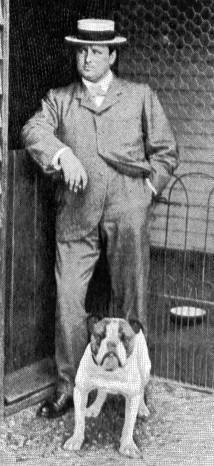
Guy Newell Boothby was born in Adelaide, South Australia, the son of Thomas Wilde Boothby, a Member of the South Australian House of Assembly. At six years of age he travelled with his mother to England and was educated at Lord Weymouth's Grammar School, Salisbury and at Christ's Hospital, London between 1874 and 1883. When his education was over he returned to Australia where he eventually became secretary to the Mayor of Adelaide, Lewis Cohen. He was dissatisfied with his prospects in Adelaide and consequently he moved to Brisbane where he hoped his prospects would be better. In the meantime he wrote a series of comic operas and plays, all of which were relatively unsuccessful. He was of a roving disposition and at age 24 he travelled across Australia from north to south and later he travelled extensively in the East. By 1894 he had married Rose Alice Bristowe and he and his wife moved to England in that year, which was notable for the publication of his first book, 'On the Wallaby, or, Through the East and Across Australia', an account of his and his brother's travels in Australia. He was given advice and encouragement in his writing by none other than Rudyard Kipling and the year 1895 saw the publication of three novels, the most significant of which was 'A Bid for Fortune: or, Dr Nikola's Vendetta'. This introduced probably his best known character, Dr Nikola, a ruthless, unscrupulous figure, with his ubiquitous large cat, who was to feature in five of his novels over the ensuing years. The book was an instant success and brought him a certain amount of fame. Dr Nikola had first appeared in serial form in the Windosr Magazine. Over the next 10 years he was to write another 50 books and a further five were published posthumously, the last of which was 'In the Power of the Sultan' (1908). He was so prodigious that the story circulated that he spoke his tales into a phonograph, from which they were later transcribed by secretaries. He is perhaps remembered also for introducing one of the early gentlemen crooks of literature when he featured Simon Carne in 'A Prince of Swindlers' in 1897. Carne had originally appeared in Pearson's Magazine and as a gentleman crook he pre-dated another of his kind in A J Raffles by two years. Boothby's novels were often set in Australia (not surprisingly) and were classed as 'fast-paced thrillers' although some felt that although exciting in plot they were 'hastily and carelessly written'. In addition they were said to have been enjoyed by those who 'care for frank sensationalism carried to its furtherest limits'. Despite these comments his books were extremely popular and made him one of the most successful novelists of his day. Boothby, who was also a successful breeder of prize dogs, died suddenly of pneumonia at his home, Winsley Lodge, Watkin Road, Bournemouth in 1905. He left a widow and three children. Gerry Wolstenholme February 2012

James Morgan Walsh also wrote as H. Haverstock Hill, Stephen Maddock, George M. White and Jack Carew. Walsh was born in Geelong and educated in Melbourne and is best known as an extremely prolific writer of crime mysteries, mostly set in England. His first novel, Tap-Tap Island (1921), was first serialised in the Melbourne Leader, his second, The Lost Valley(1921), was a prize-winner in the C.J. De Garis competition; his third was Overdue (1925). After experience in auctioneering and book-selling, Walsh visited England in 1925 to negotiate with publishers, returned to Victoria but left for permanent residence in England in 1929. Pseudonyms he used include 'John Carew', 'George M. White' and 'H. Haverstock Hill'; he also wrote in collaboration with E.J. Blythe and Audry Baldwin. His first three novels, which are adventure romances, are set in New Guinea and western Victoria and he also wrote two Australian detective stories, The Man behind the Curtain (1927) and The League of Missing Men (1927). The five adventure stories that he wrote under the pseudonym 'H. Haverstock Hill', Anne of Flying Gap(1926), Spoil of the Desert (1927), The Golden Isle (1928), Golden Harvest (1929) and The Secret of the Crater (1930), range between New Guinea, the Northern Territory, Gippsland, WA and the South Seas.